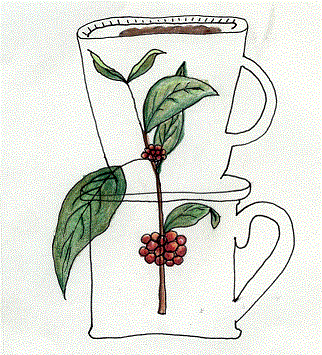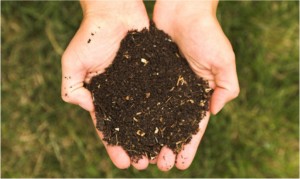It is known that coffee grows 25 degrees north and south of the equator, slightly similar to that of cacao and many other crops. This area is susceptible to many different climate hazards, as discussed by Abir during lecture. A few key examples are that prolonged rain can reduce flowering, affect fruit set, and lower photosynthesis. The opposite of that would be prolonged drought; which causes weaker trees, wilting, and increased mortality of young trees. In the journal article cited below, Robinson points out how drought can create a build up of nitrate-N in the first six inches of soil, since heavy rainfall is not leaching it out. Ammonia-N will also build up in the soil in dry times. When it rains, these substance are essentially ‘flushed’ out of the soil, so a fertilizer is recommended during the heavy and short rain times in order to help coffee grow in the soil. “The sharp peak and rapid decline in the rate of coffee growth during the Long Rains period coincides with very low soil nitrate-N values although climatologically conditions for continued growth are still excellent. This suggests that low available soil nitrate -N may be at least partially responsible for this early and rapid decline in the growth rate.” (Robinson)
J. B. D. Robinson (1960). Nitrogen studies in a coffee soil I. Seasonal trends of natural soil nitrate and ammonia in relation to crop growth, soil moisture and rainfall. The Journal of Agricultural Science, 55, pp 333-338. doi:10.1017/S0021859600023200.

